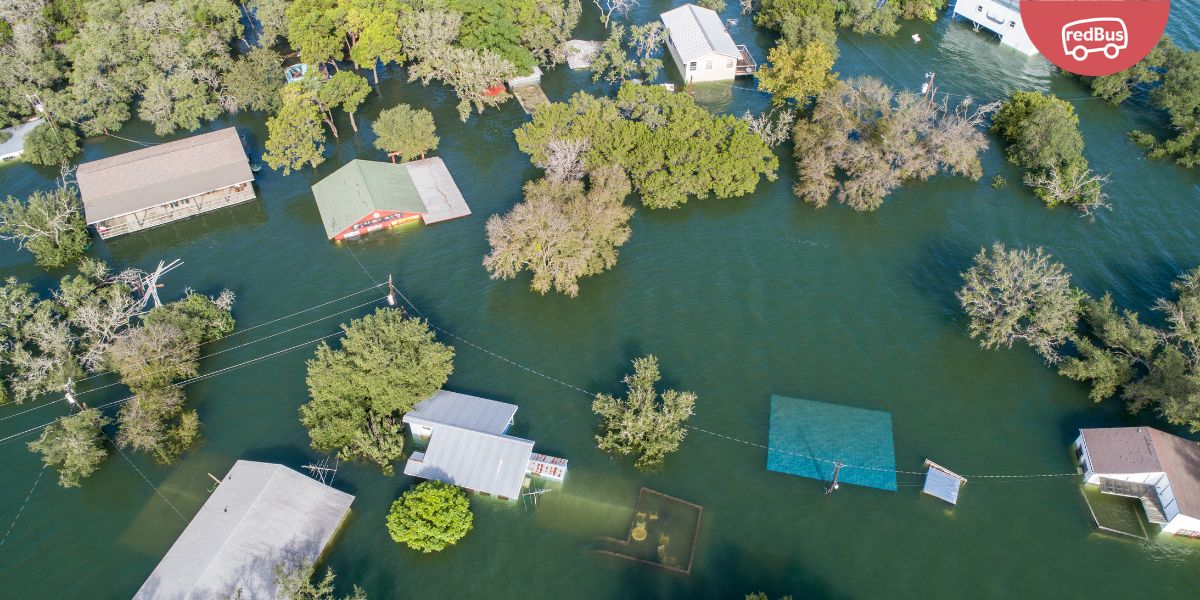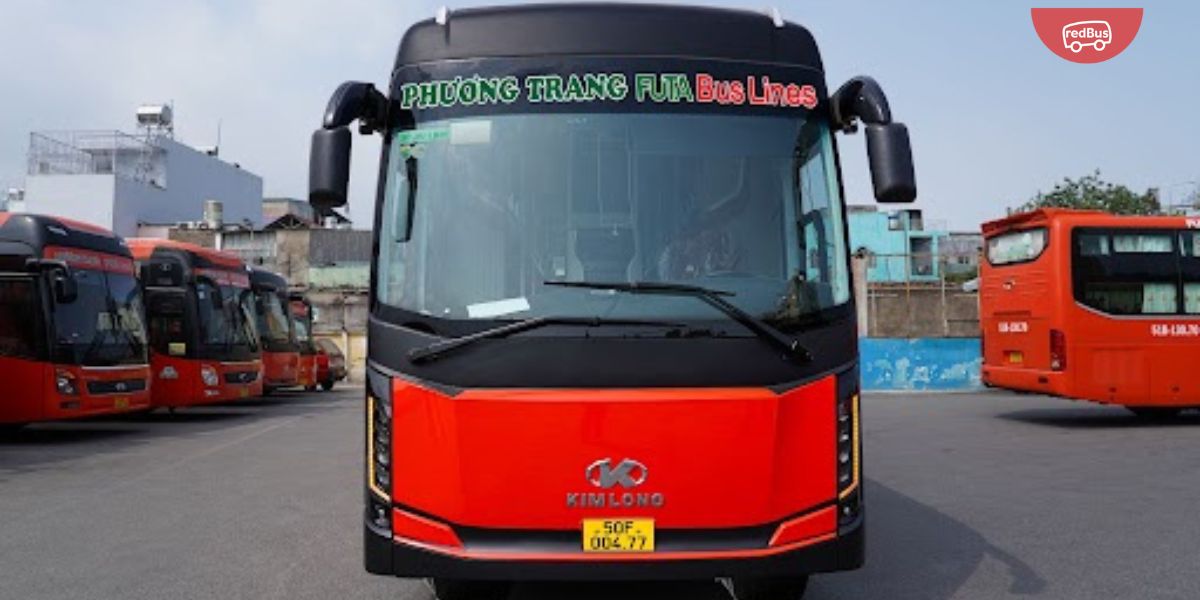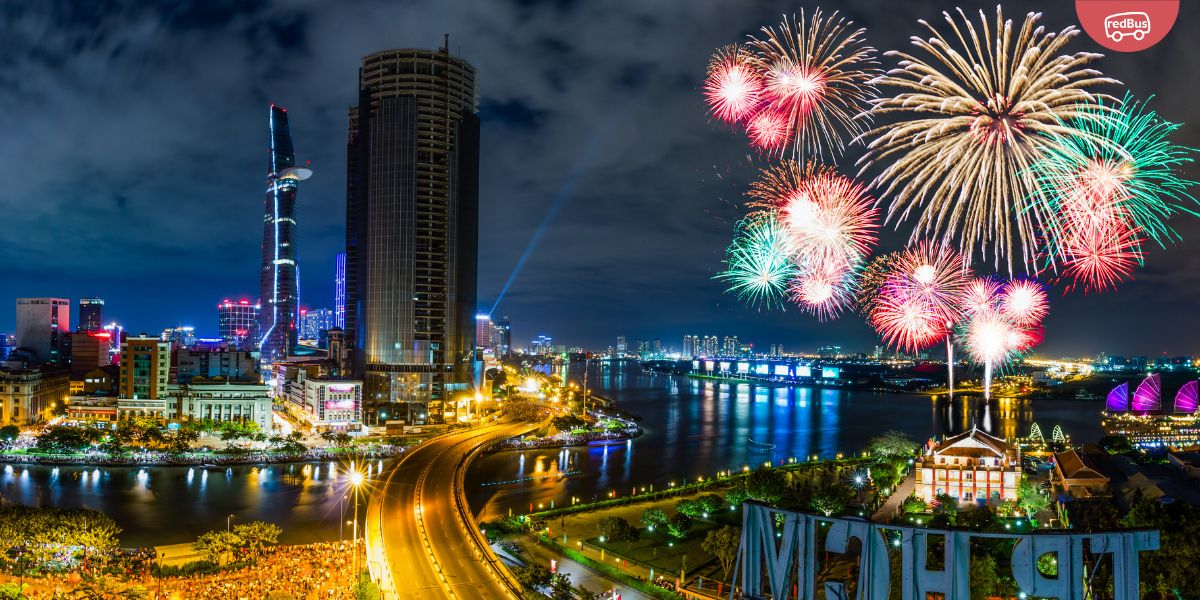Following the devastating impact of Typhoon Yagi, the popular tourist destination of Sa Pa has announced a temporary suspension of all tourism activities. This decision comes after heavy rains triggered landslides, blocked roads, and caused significant damage to infrastructure, posing safety risks for tourists and residents.
Quang Ninh Province, home to the UNESCO World Heritage Site Ha Long Bay, was one of the hardest hit by typhoons. Bai Chay, a vibrant tourist hub in Ha Long, suffered extensive damage, with destroyed restaurants, shattered hotel windows, and fallen trees obstructing streets.
Businesses in Bai Chay, particularly high-end resorts and restaurants, are estimated to have incurred millions of Vietnamese Dong in damages.
Major roads leading into Sa Pa, including those connecting the town centre to Cat Cat village, are heavily damaged and blocked, hindering access. Rescue efforts are ongoing, with search teams combing through debris for missing individuals.
Northern Vietnam remains under threat from persistent heavy rainfall and thunderstorms, with the National Center for Hydro-Meteorological Forecasting (NCHMF) predicting significant precipitation through at least September 11th. Daily rainfall totals are expected to reach between 7.5 and 15 centimeters (3 to 6 inches) across the region, with localized areas potentially experiencing even heavier downpours of over 30 centimeters (12 inches).
These unrelenting rains are likely to worsen the ongoing flood situation and increase the risk of landslides in northern Vietnam. The combination of heavy rainfall and ongoing recovery efforts will significantly hamper response and relief operations.
The prolonged impact of Typhoon Yagi will also disrupt transportation and business activities in affected areas. Emergency crews are working tirelessly to restore infrastructure and clear debris, but disruptions to utilities, fuel supplies, and essential goods are expected to persist in the coming days and weeks. Driving conditions on rural routes and regional highways may be challenging due to flooding and road damage.
Public health concerns are also a major concern with increased risk of insect-borne diseases like dengue fever. Additionally, exposure to raw sewage and other hazardous materials mixed with floodwaters poses a serious health threat.
As the situation continues to evolve, it is crucial for residents and visitors to stay informed and take necessary precautions to protect themselves and their communities
Impact on the Vietnam Travel Industry:
- Tourist arrivals have significantly declined since September 5th as travellers became cautious due to typhoon warnings.
- Many accommodation providers have reported near-empty facilities and have proactively postponed guest reservations to ensure safety.
- Transportation companies have reported near-complete cancellations of shuttle services to Sa Pa, highlighting the drop in tourist movement.
- Heavy rains and power outages are hindering cleanup efforts.
- Rising floodwaters from overflowing rivers threaten local residents and cut off Sa Pa access from nearby towns and districts.
Travel Considerations :
- Travelers with planned trips to Sa Pa, Ha Noi and other affected regions are strongly advised to check with travel agents or accommodations for the latest updates regarding the suspension and potential reopening timeline.
- Consider postponing your trip to Sa Pa. Alternative destinations should be considered within Vietnam as many regions were less affected by the typhoon.
- Be patient and flexible, as recovery efforts may take time.
- Local authorities prioritize everyone’s safety and are working diligently to restore essential services and infrastructure.
- Tourists are encouraged to monitor the situation and adjust their travel plans accordingly.
- Avoid traveling at night, during heavy rainfall and places susceptible to landslides.
- Get yourself a travel insurance



